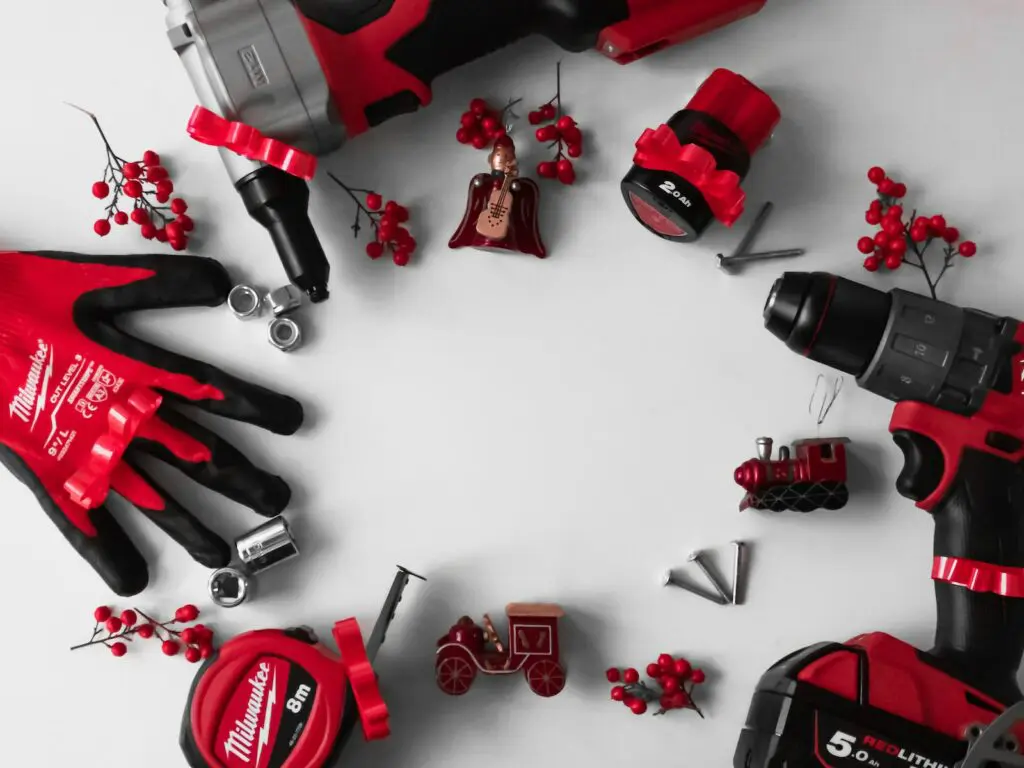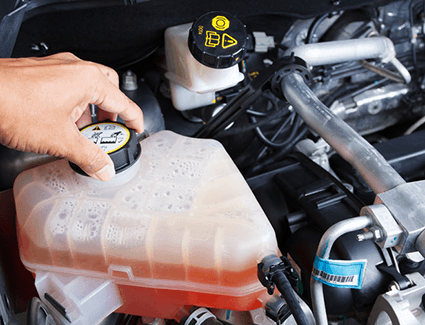Car maintenance is an essential aspect of vehicle ownership. One of the most basic and important tasks that you can do to keep your car running smoothly is to change the oil. Not only will this help to prolong the life of your engine, but it can also save you money in the long run. In this DIY guide, I will walk you through the process of changing your own oil, so you can save some dough while keeping your car in tip-top shape.
Why is oil change important?
Oil plays a vital role in the operation of your engine. It lubricates the moving parts, reducing friction and wear. It also helps to remove dirt and debris, preventing damage to the engine. However, over time, the oil becomes dirty and less effective. If left unchanged, it can lead to engine damage and decreased performance. That’s why it is important to change your oil regularly to ensure that your engine is running at its best.
Benefits of changing your own oil
Changing your own oil has several benefits. The most obvious is that it can save you money. Taking your car to a professional for an oil change can cost anywhere from $25 to $75 or more, depending on the make and model of your car and the type of oil used. By doing it yourself, you can save up to 50% of that cost. Additionally, changing your own oil gives you a better understanding of your vehicle, and how to take care of it. It also makes you more aware of potential problems, and how to deal with them.
Step by step guide
Before you start, make sure you have all the necessary tools and materials. You will need an oil filter wrench, a new oil filter, a new oil pan, and of course, the correct type of oil for your car. You should also have a jack, jack stands, and wheel chocks.
Step 1: Prepare your car
Make sure your car is on level ground, and the engine is cool. Apply the parking brake, and put the transmission in park. Use the jack and jack stands to lift the car and support it securely. Make sure that the wheels are chocked to prevent the car from moving.
Step 2: Locate the oil pan
Locate the oil pan, which is usually located under the car. It is a large, metal pan that is located at the bottom of the engine.
Step 3: Drain the oil
Using the oil pan, drain the old oil into the oil pan. Be careful not to burn yourself, as the oil will be hot.
Step 4: Replace the oil filter
Remove the old oil filter using the oil filter wrench. Be sure to properly dispose of it. Install the new oil filter by hand, turning it clockwise.
Step 5: Add new oil
Pour the new oil into the engine. Be sure to use the correct type and amount of oil as specified in your car’s manual.
Step 6: Check for leaks
Start the car and let it run for a few minutes. Then check for any leaks around the oil filter and oil pan. If there are no leaks, you can lower the car back to the ground and dispose of the old oil properly.
Step 7: Update your maintenance records
It’s important to keep track of when you last changed your oil and how many miles you have driven since then. This will help you to know when it’s time to change it again. Make a note of the date, the mileage, and the type of oil you used in your car’s maintenance records.
Precautions
- Always wear gloves and safety goggles when working on your car.
- Make sure your car is on level ground and the engine is cool before you start.
- Use jack stands and wheel chocks to support your car securely.
- Be careful not to burn yourself when draining the oil, as it will be hot.
- Make sure to use the correct type and amount of oil as specified in your car’s manual.
- Always check for leaks after you have finished.
In conclusion
Changing your own oil is an easy and cost-effective way to maintain your car. By following the steps outlined in this guide, you can save yourself some money and help to prolong the life of your engine. Remember to be safe and always consult your car’s manual for specific instructions. With a little bit of know-how and the right tools, you can tackle this task with confidence and ease.






